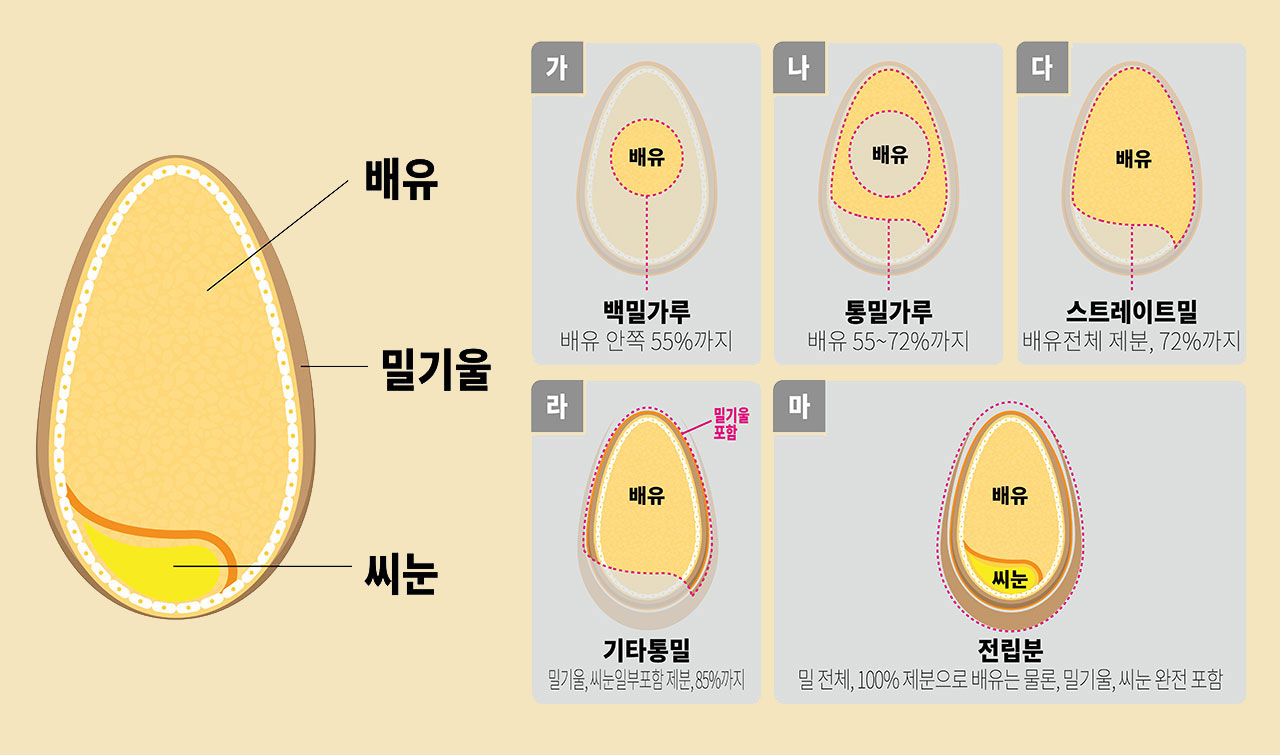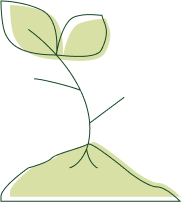A Single grain of Wheat, A Better Future
Korean wheat story 
The History of Korean Wheat
Wheat is believed to have been introduced to the Korean Peninsula around the 2nd century BCE. Charred wheat remains have been discovered in archaeological sites from the Baekje and Silla periods, and there are written records of wheat cultivation from the Goryeo dynasty. However, widespread wheat farming across the country began during the Japanese colonial period.
However, after liberation, in 1946, the South Korean government (under U.S. military occupation) decided to import wheat. Following the free aid of American wheat, South Korea ceased purchasing domestically grown wheat in 1984 and subsequently implemented the liberalization of wheat and flour imports. By 1987, even domestic wheat seeds were on the verge of disappearing. However, one farmer
The Current State of Korean Wheat
Wheat consumption in Korea continues to rise steadily, making it the second most consumed grain after rice. However, according to the Ministry of Agriculture, Food and Rural Affairs, as of 2023, Korea’s wheat self-sufficiency rate stands at just 2.0%. In other words, 98% of Korea’s wheat consumption relies on imports.
At NENIA, we enter annual contract farming agreements with local wheat producers,
directly purchasing around 400 tons of organic and pesticide-free Korean wheat each year.
We use eco-friendly Korean wheat as a primary ingredient in our food production and distribution, as we take an active role in the movement to revive Korean wheat.
Nenia’s Wheat
At NENIA, our Korean wheat is stored in cold storage without undergoing fumigation for sterilization or pest control.
Fumigation refers to the chemical treatment of grains, either to prevent the introduction of foreign plant and animal species during import or to protect against pests and microbes during long-term storage.
NENIA’s organic Korean wheat flour and whole wheat flour are excellent not only for noodles but also for baking. They are thus used in all of NENIA Bread’s baked goods, as well as in our handmade Sujebi and Jjolmyeon.
Compared to imported wheat, Korean wheat travels a much shorter distance, resulting in lower carbon emissions and contributing to food security.
The Structure of Korean Wheat

As wheat grows, so does the future.
-
Guardians of Food Security

As Korea’s second most-consumed grain after rice, expanding the use of Korean wheat contributes directly to improving national food self-sufficiency.
-
Lower Carbon Emissions

Compared to imported wheat (from countries like the U.S. and Canada), Korean wheat travels a shorter distance, reducing carbon emissions and supporting climate crisis mitigation.
-
Preserving the Ecological Environment

Cultivating 80,000 hectares of wheat releases 230,000 tons of oxygen and reduces fine dust by 100 kg per 1 ha.
-
Supporting Farmers’ Income

By utilizing fallow farmland during the winter season, Korean wheat allows for double cropping, contributing to increased income for local farmers.
-
100% Locally Grown

Because it’s cultivated in our own fields, it’s a grain we can trust. Choosing Korean wheat helps sustain and strengthen Korean agriculture.







